When Did Digital Camcorders Come Out For Consumers?
Digital camcorders for consumers were first introduced in the mid-1990s. The first consumer digital camcorder was the Sony DCR-VX1000, which was released in 1995. This camcorder was a breakthrough in consumer video technology, as it allowed users to record and edit high-quality digital video footage on their home computers. Other manufacturers, such as Panasonic and JVC, soon followed suit and began producing their own digital camcorders for consumers. Over the years, digital camcorders have continued to evolve and improve, with features such as high-definition video, built-in Wi-Fi, and touchscreens becoming standard. However, with the rise of smartphones and their increasingly advanced cameras, the market for standalone digital camcorders has declined in recent years.
1、 Introduction of Digital Camcorders in the Consumer Market (1995)
The introduction of digital camcorders in the consumer market dates back to 1995. This was a significant milestone in the history of video recording technology as it marked the beginning of a new era in which consumers could capture high-quality videos without the need for bulky and expensive equipment.
Digital camcorders were a game-changer as they offered several advantages over their analog counterparts. They were smaller, lighter, and more portable, making them ideal for capturing videos on the go. They also offered better image quality, higher resolution, and the ability to edit and manipulate videos on a computer.
Over the years, digital camcorders have continued to evolve, with manufacturers introducing new features and technologies to enhance their performance. Today, consumers can choose from a wide range of digital camcorders, from basic models that are easy to use to professional-grade cameras that offer advanced features such as 4K resolution, high frame rates, and image stabilization.
Despite the rise of smartphones and other mobile devices that can capture videos, digital camcorders remain popular among consumers who value high-quality video recording. They are particularly popular among vloggers, YouTubers, and other content creators who need to capture high-quality videos for their channels.
In conclusion, the introduction of digital camcorders in the consumer market in 1995 was a significant milestone in the history of video recording technology. Since then, digital camcorders have continued to evolve, offering consumers a wide range of features and capabilities to capture high-quality videos.

2、 Advancements in Digital Camcorder Technology (2000s)
Digital camcorders for consumers first came out in the late 1990s, with Sony releasing the first consumer digital camcorder, the DCR-VX1000, in 1995. However, it wasn't until the early 2000s that digital camcorders became more widely available and affordable for the average consumer.
Advancements in digital camcorder technology in the 2000s included the introduction of high-definition (HD) video recording, improved image stabilization, and the ability to record to solid-state memory cards instead of tapes. This allowed for smaller and more portable camcorders, as well as easier and faster transfer of footage to computers for editing and sharing.
In recent years, digital camcorders have continued to evolve, with features such as 4K resolution, built-in Wi-Fi for remote control and sharing, and advanced image processing for improved low-light performance. However, with the rise of smartphones with high-quality cameras and video recording capabilities, the market for standalone digital camcorders has become more niche.
Overall, digital camcorders have come a long way since their introduction in the 1990s, and while they may not be as popular as they once were, they still offer advantages such as better zoom capabilities and more manual control over settings for those who prioritize video quality.
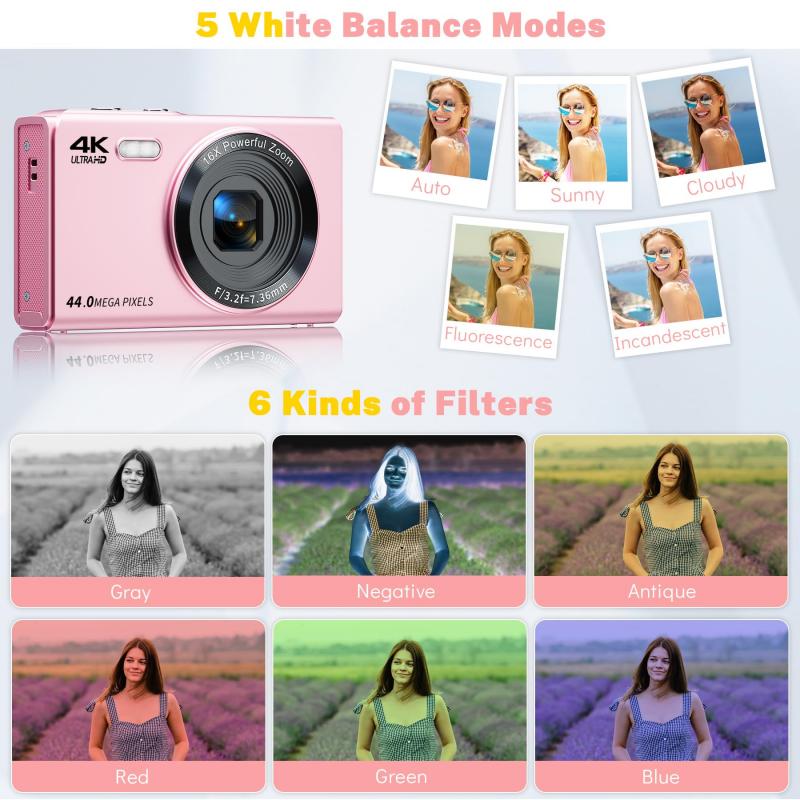
3、 Emergence of High-Definition Digital Camcorders (2005)
Digital camcorders for consumers first emerged in the mid-1990s, but it wasn't until the early 2000s that they became more widely available and affordable. The emergence of high-definition digital camcorders in 2005 marked a significant milestone in the evolution of consumer video technology. These camcorders offered much higher resolution and image quality than their standard-definition predecessors, and they quickly became popular among amateur videographers and independent filmmakers.
Since then, digital camcorders have continued to evolve, with new features and capabilities being added with each generation. Today, many consumer camcorders offer 4K resolution, high frame rates, and advanced image stabilization technology, making it easier than ever for anyone to capture high-quality video footage.
However, the rise of smartphones with high-quality cameras has also had a significant impact on the consumer camcorder market. Many people now use their smartphones as their primary video recording device, and some smartphone cameras are capable of producing video footage that rivals that of dedicated camcorders.
Despite this competition, digital camcorders remain a popular choice for many consumers, particularly those who need more advanced features and greater control over their video recordings. As technology continues to evolve, it will be interesting to see how the consumer camcorder market adapts and evolves to meet the changing needs and preferences of consumers.
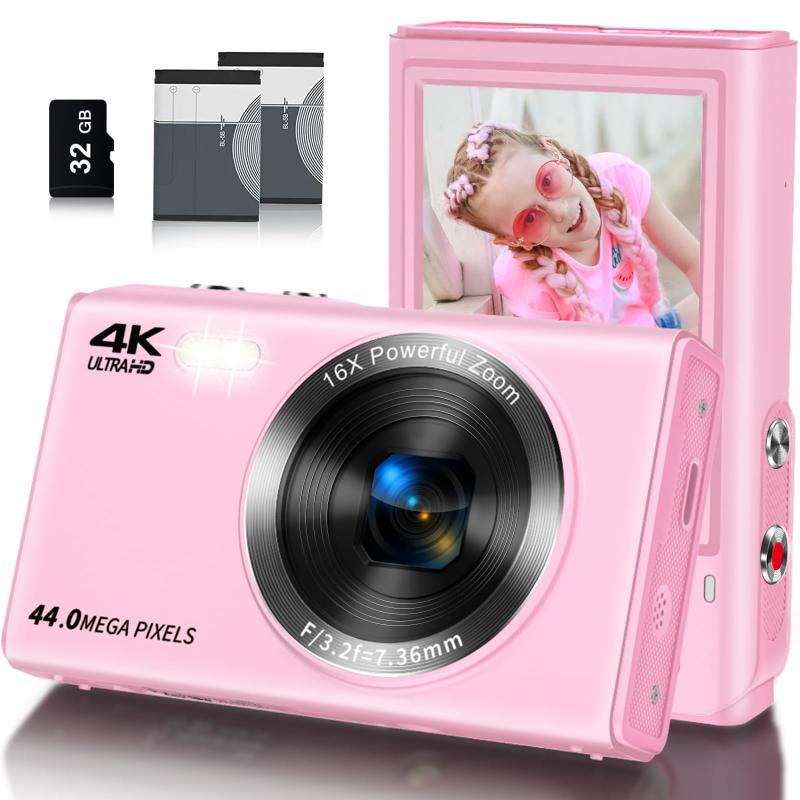
4、 Integration of Wi-Fi and Bluetooth in Digital Camcorders (2010s)
Digital camcorders have been around since the 1980s, but they were initially expensive and not widely available to consumers. It wasn't until the late 1990s and early 2000s that digital camcorders became more affordable and accessible to the general public.
One significant development in digital camcorders in the 2010s was the integration of Wi-Fi and Bluetooth technology. This allowed users to easily transfer their videos and photos to their smartphones or other devices, as well as control their camcorders remotely.
The integration of Wi-Fi and Bluetooth also opened up new possibilities for sharing and streaming videos online. With the rise of social media platforms like YouTube and Instagram, users could easily upload and share their videos with a wider audience.
In recent years, there has been a shift towards using smartphones as the primary device for capturing and sharing videos. However, digital camcorders still have their place for those who want more advanced features and higher quality video.
Overall, the integration of Wi-Fi and Bluetooth in digital camcorders was a significant development that made it easier for users to share and enjoy their videos. While the technology may continue to evolve, digital camcorders remain a valuable tool for capturing and preserving memories.





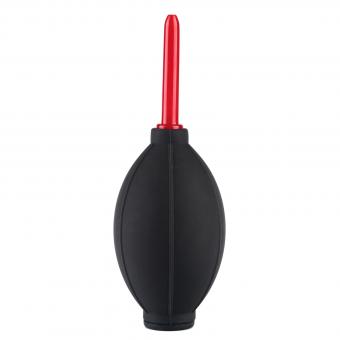













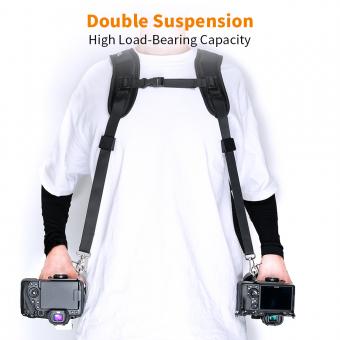
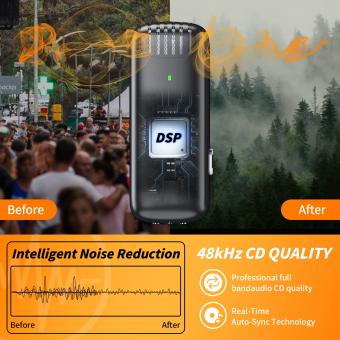


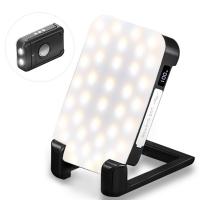
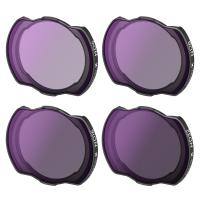

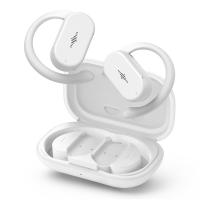

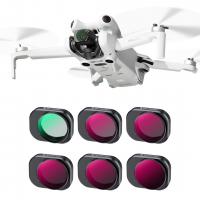


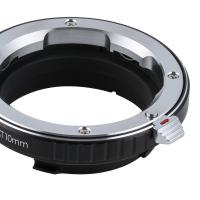
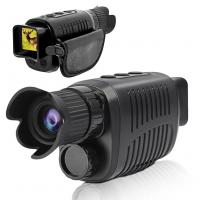
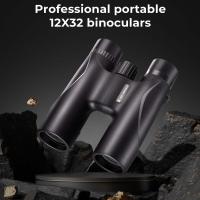
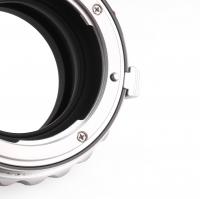


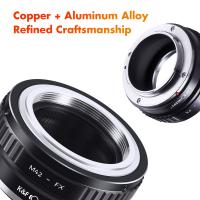


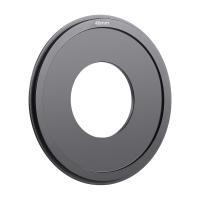
There are no comments for this blog.